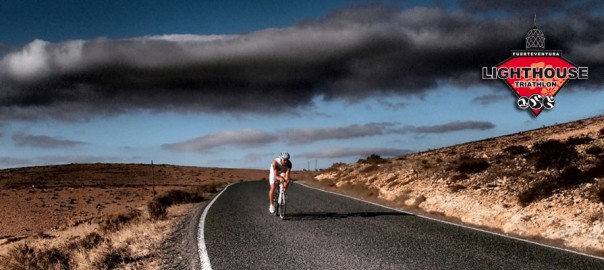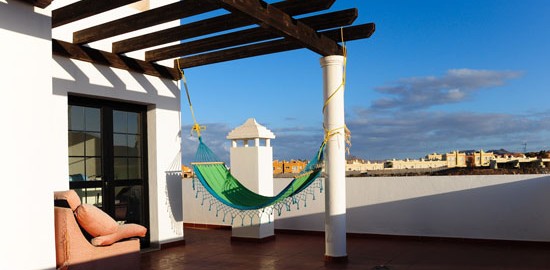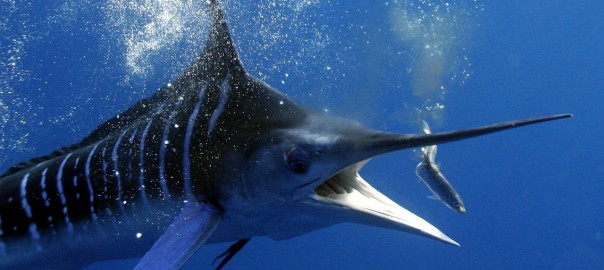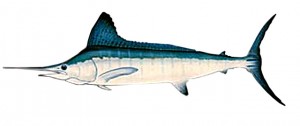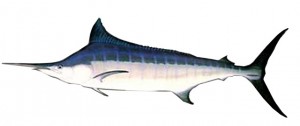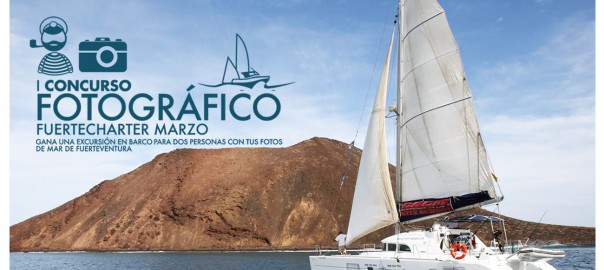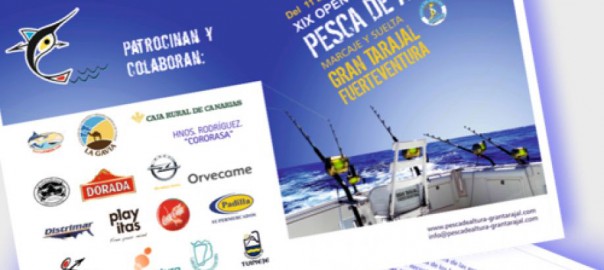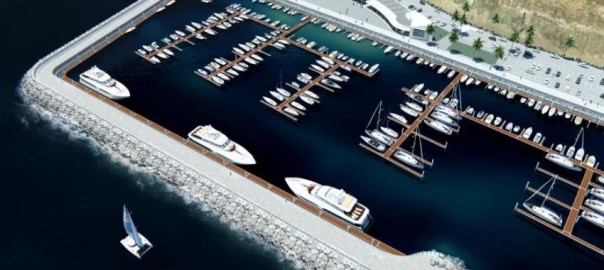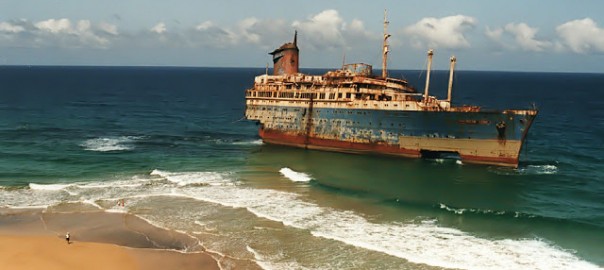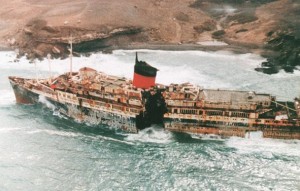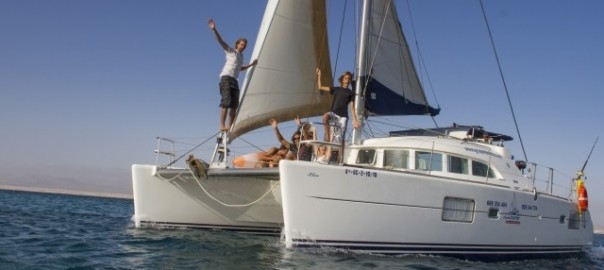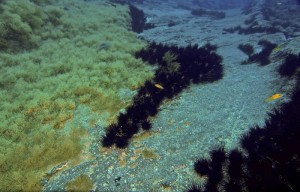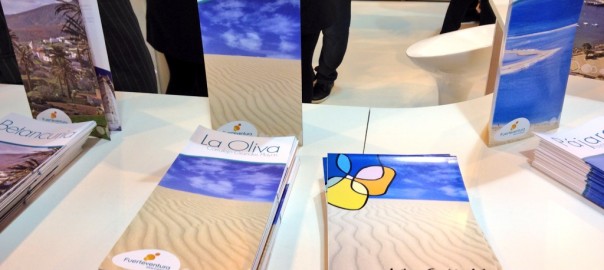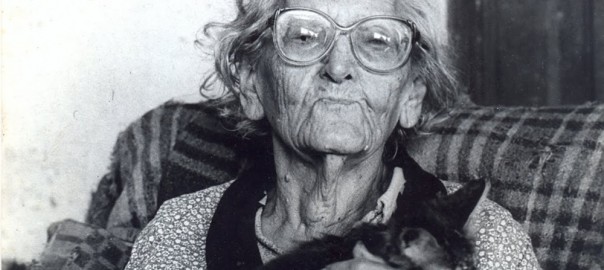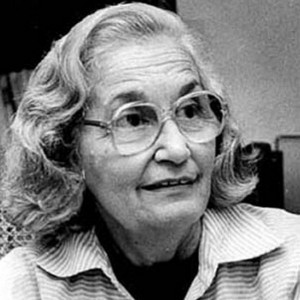Next Monday, March 24th, the third “Lighthouse Triathlon”,as it is already known by the regulars of this event, will take place, organized by the hotel complex Playitas Resort.
La swimming trial will consist of 1,5km that triathletes will have to swim in Las Playitas, and this trial will be the starting point of this event at 8h in the morning.
Then they will have to face 40km cycling, a harder trial this year as compared to the 35 kms in previous events. The itinerary of this trial will take place around areas in the municipality of Tuineje, such as Las Casitas, Juan Gopar… and this will be followed by the 13km running, which will culminate climbing “La Entallada” Lighthouse, a beautiful enclave in the South of our island with breathtaking sea views, the best place to close this event.
Among the event’s updates, we must highlight the introduction of this event in “Series Canarias de Triathlon” which makes up “La Copa de la Federación Canaria”. International athletes, such as Anja Beranek and Konstantin Bachor, champions in the female trial in 2012 and male trial in 2013 respectively, or such as Víctor del Corral, champion in the male category in 2012 will take part in this event too, trying to ratify their awards in an event that this year foresees an increase in the number of participants.
On the other hand, the team category is also pushing hard, and up to now the Calima Triathlon and the Triscan Clubs will take part in this event with a high number of participants.
The target of “La Entallada” Lighthouse Triathlon is to attract as many triathletes as possible to this event, residents and visitors alike, in our island’s attempt to go on with the tourist and sporting promotion that has been carried out up to now.
Fuerteventura is an unbeatable place for the practice of several sports and disciplines, either water or land activities, but we also applaud this kind of initiatives promoting healthy tourism, in harmony with the environment in our dear Fuerteventura.
For further information, www.lighthousetriathlon.com
Fuertecharter’s Team.
